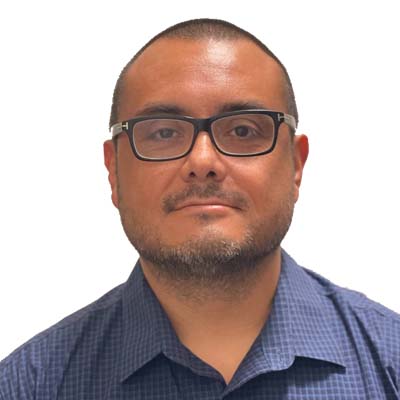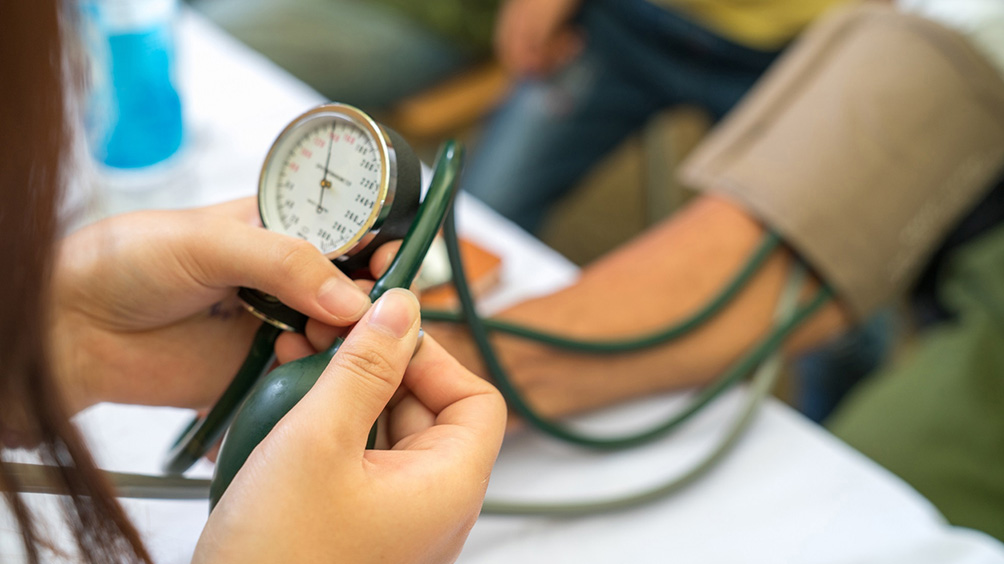The St. John’s River Trail in Visalia, California, is a pretty spot to cycle or hike. It’s also the place that some of Tulare County’s most vulnerable residents call home. Dozens of unhoused people shelter from the searing summer heat and winter chill in tent encampments along the dry riverbed. Their living conditions starkly contrast with the expensive road bikes and jogging strollers zipping past.
People experiencing homelessness rarely receive appropriate medical care. They may be unable to schedule appointments, travel to doctors’ offices, pay for care, or leave their belongings unattended. Many have also experienced negative treatment within the healthcare system. As a result of these access issues, unsheltered populations have a high disease burden and decreased life expectancy.
To help combat these disparities, my emergency medicine residents, medical students, and I began making regular “house calls” to the Visalia encampments to care for patients and deliver sanitary supplies. When we launched this initiative three years ago, we simply wanted to give back and build bridges between unsheltered people and our safety net hospital. We didn’t realize we were part of a growing movement.
Today, health systems around the country are using street medicine programs to reach underserved populations and combat health disparities. And they’re learning—as we have—that caring for the most vulnerable in our communities benefits us all.
How Street Medicine Works
Street medicine providers deliver primary and urgent care services directly to patients experiencing homelessness. To this end, they travel to shelters, encampments, parks, and anywhere unsheltered people need care. Many street medicine providers forge trusting relationships with patients that allow them to address social as well as medical needs.
Street medicine benefits include:
- Effective follow-up for recently discharged patients.
- Improved population health that reduces strain on local EDs.
- Containment of COVID-19, HIV, shigellosis, and other infectious diseases.
- Deeper trust between unsheltered people and healthcare providers.
A multidisciplinary street medicine team may include physicians, medical residents and students, advanced providers, and nurses. Social workers and case managers may also join the visits. Some teams even include people who have personally experienced homelessness to help break the ice with unsheltered patients and provide peer support.























